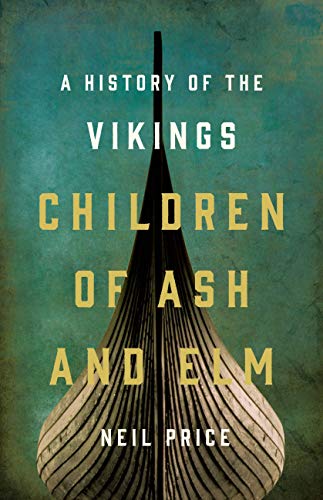In his very interesting online talk, Dr. Neil Price of the University of Uppsala suggested that the Eastern Vikings are the next frontier in Viking studies. Whereas 20 years ago it was unproven that they had gone east of the Urals, it now seems that they went as far as Central Asia and even to western China. Dr. Price even mentioned that the Chinese character in season 4 of the Irish/Canadian TV show Vikings was not at all unpalatable.
He further said that one of the reasons why the eastern Vikings have been under researched so far was due to the Cold War. It was very hard for western scholars to be granted access to the Soviet Union and even to communicate with people there, which has led to an overemphasis on the raids, trade and settlements in the west, rather than on a Viking worldview that stretched from North America to China.
Among his other points was that the first documented Viking raid took place not in Lindisfarne in England in 793 but on the Estonian island of Saaremaa in 750. What we now call the Viking Age probably had its roots in around 500 CE, with the major shifts that occurred with the end of the Western Roman Empire.
For more information, his book Children of Ash and Elm is widely available and the Facebook page for the talk can be found here

